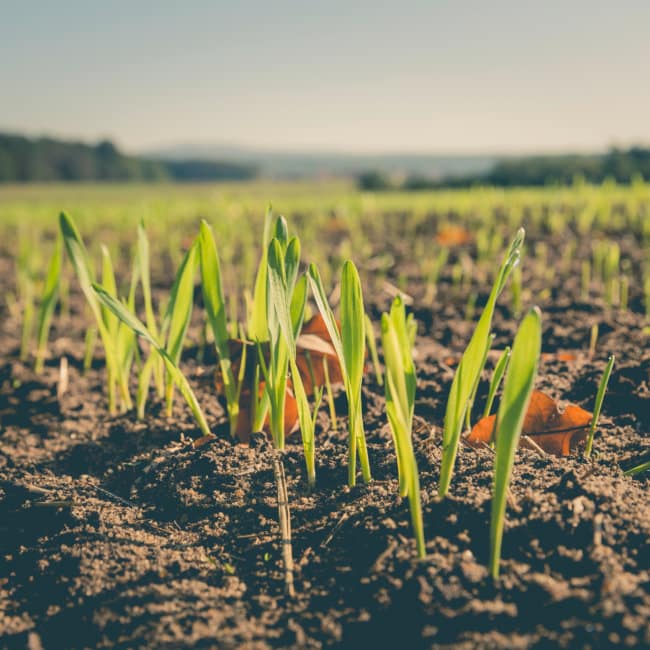This interview is the last of a series of discussions we had with AGIR (Agro-Food Innovation Research) on the definition of the clean label concept. When reformulating, it is also necessary to consider the stages of transformation. While consumers want more transparency, the trend is towards simplification.
Consumers want to have food products on their plates that are naturally, nutritionally good and tastefully. To meet these objectives, minimal processing technologies are booming. Minimal processing means moving towards simpler products, by limiting the number of processing steps, preferring « soft » processes (fermentation, lighter heating) while finding solutions so that the shelf life is not too much affected.
In order to meet the demand of consumers for more traditional, artisanal and healthy products. Do you think it is possible to integrate minimal processing into the production methods of biscuits, pastries and chocolates?
Martine: Raw products (raw cookie dough, raw chocolate…), with few processes, belong to a niche market. On the other hand, minimizing processes is part of a global approach. Industrialists pay more attention to the processes used in order to minimize them where it is possible. The objectives are to enhance the authenticity of the ingredients, preserve their sensory and nutritional qualities, reduce the energy cost of producing ever more specific foods… The regulations are also evolving, for organic products regulations will change at the dawn of 2021 by specifying the BIO-compatible processes.
In minimal processing, an eco-friendly approach could be included such as limiting water consumption and not using chemicals. Are industrialists interested in this component of minimal processing?
Martine et Mathieu : Indeed, the circular economy is nowadays the battle horse of the agri-food industries, this approach includes the company but also its economic environment and consumer demand and behaviour.
On the shelf, we can see that DIY (Do It Yourself) is trendy, do you think this could apply to food and meet a demand for less processed foods?
Mathieu : From a playful point of view, DIY (do it yourself) products are very popular (cookies or do-it-yourself cakes…) with a wide range of prices. Consider a jar containing all the ingredients for cookies, it’s totally transparent and meets the clean label’s demand for « homemade » ingredients. Moreover, these products are in line with the home-made trend, which is quite significant. This suggests another recent trend: manufacturers are looking for imperfect products. These cookies or cakes look like more traditional « raw food » or « home made » products, whether in shape or in packaging, and this approach has greatly seduced the consumer.
Isn’t a home-made product also subject to health risks?
Martine et Mathieu : Food products are highly regulated on an industrial scale both for their sanitary quality and for their content of pesticides, newformed compounds…. Let us take some concrete examples of what can be achieved by the industrialisation of food products.:
- Acrylamide compounds are formed during cooking in certain products (biscuits, chips, coffee, etc.). Industrialists have the possibility of controlling the contents through its ingredient specifications, formulation and/or process
- Infant products such as vegetable purées: manufacturers guarantee the control of the pesticide residue content
These controls are imperfect in home-made products.
The problem of preservation being present in minimal processing, do you think that consumers and industries will turn to more fresh products?
Martine : I’m not sure about that. Our current consumption pattern is such that we only shop once a week, due to a lack of time. Admittedly, the trend goes towards better nutritional quality, but without necessarily jeopardizing the shelf life of the product.
Martine et Mathieu: Certainly consumers are turning to products that have the image of being nutritionally better and simpler but not necessarily on the fresh shelf. To illustrate this, we can take the example of organic foods. Organic farming is now democratized, today supermarkets are putting organic products back into their product category with conventional products. Even small portfolios take organic products for themselves. They buy less in quantity, but the products are more qualitative. There will always be organic processed products and the consumer will always want shelf stable products.
What are the claims used in bakery products to promote product quality?
Martine et Mathieu: The tendency is to communicate on the homemade product (craftsman), on labels (label rouge, BIO), on the use of raw ingredients or the promotion of tradition (flour made with a stone mill), or on the local and French side of the ingredients.
You can find previous interviews on Culture Nutrition (Clean Label and reformulation, Clean Label and additives, Clean Label and balanced products).
We would like to thank Mathieu and Martine again for their time and their expert opinion on the Clean Label reformulation strategy. We were able to understand that the challenges of the Clean Label were multiple and sometimes contradictory. This unregulated concept and marketing remains a challenge for manufacturers who invest in R&D in order to best meet consumer expectations. The evolution of the market for clean label ingredients confirms this trend: in full growth, it will reach 47.5 million in 2023 (PRNewswire, Clean Label Market Ingredient 2018-2023).
An interview of AGIR, located in Talence near Bordeaux at the service of industrialists: For innovation to go hand in hand with solutions…












